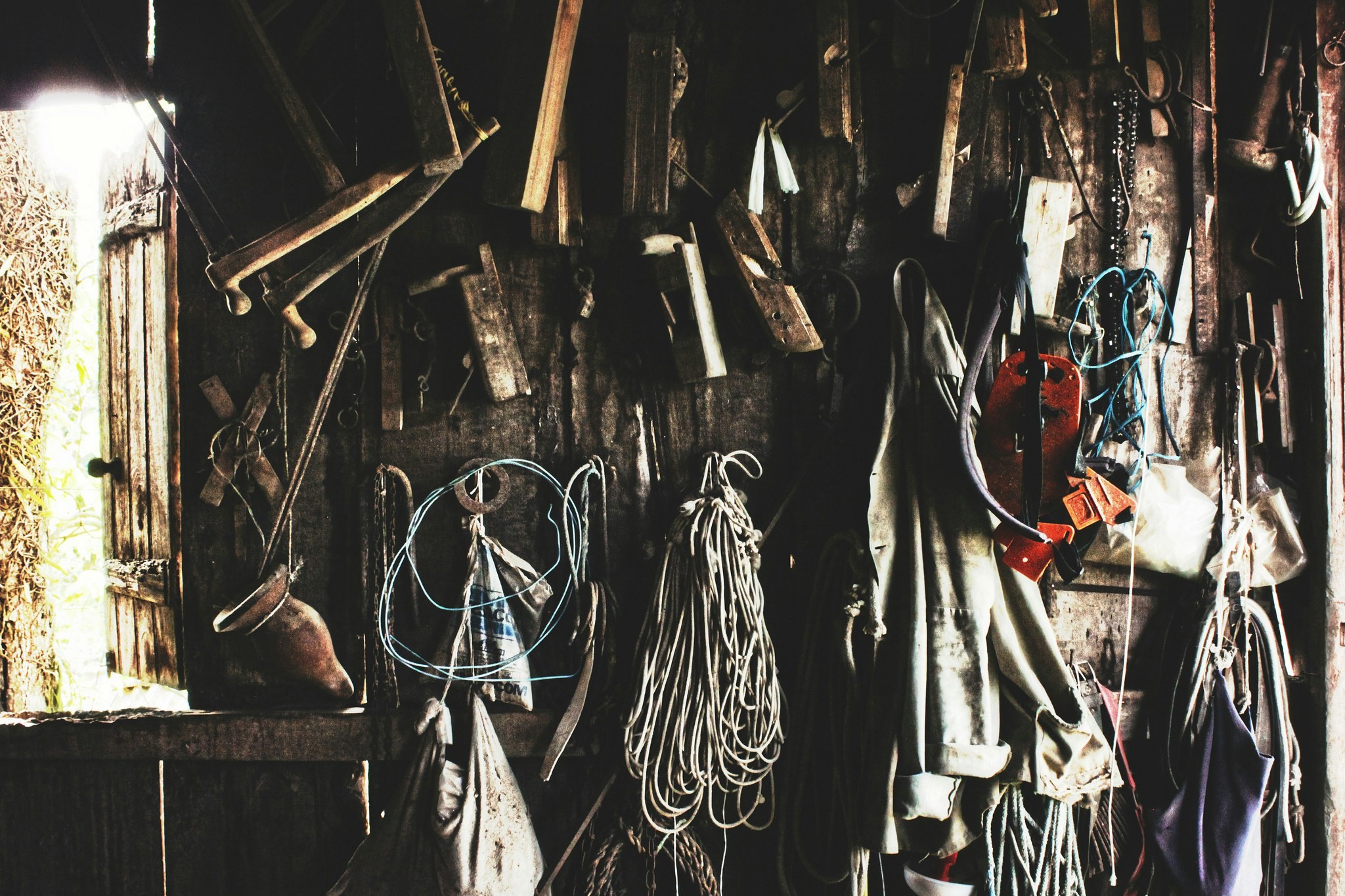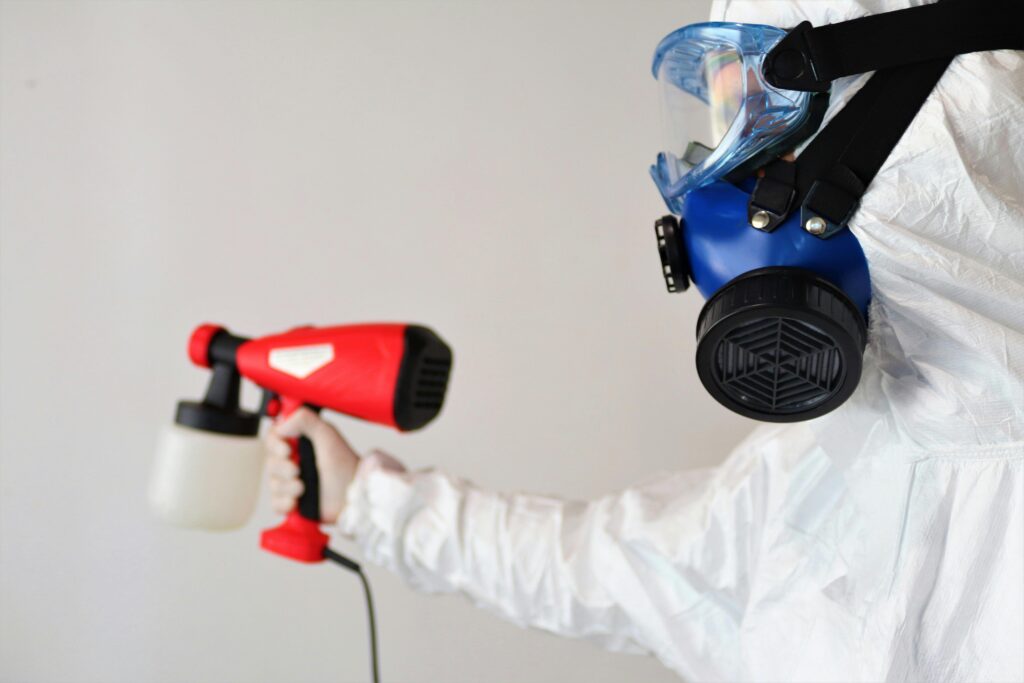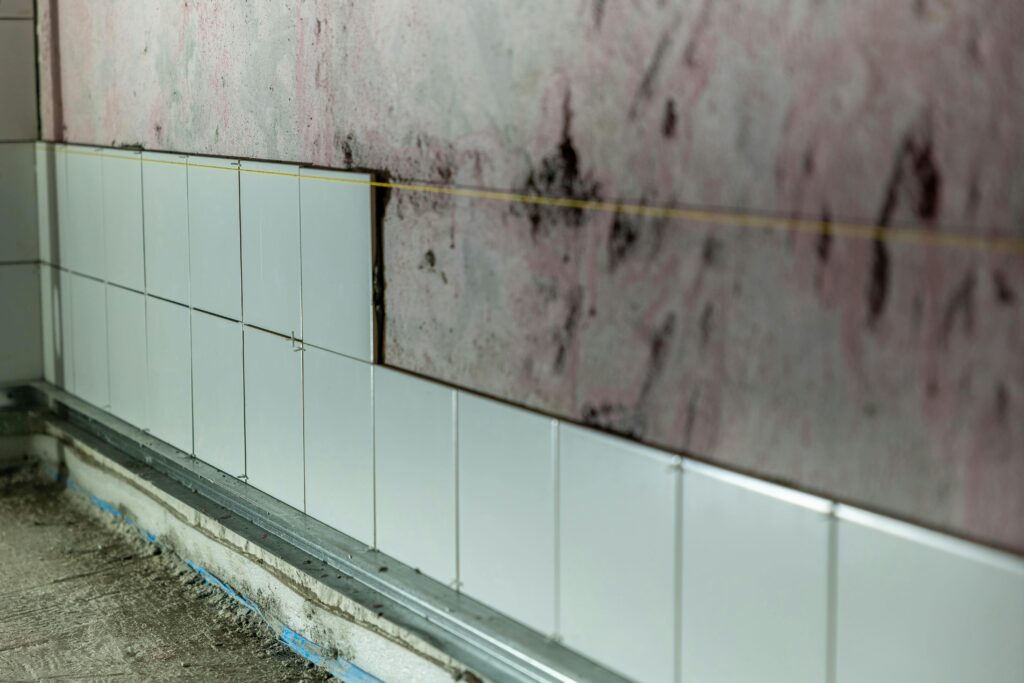Ever stared at a water-damaged ceiling and wondered how much breaking the bank for mold remediation would cost? One small leak can spiral into thousands of dollars in repairs. And if you’re not covered by mold insurance, those costs could fall entirely on you.
In this post, we’re diving deep into Remediation Cost Estimation Tools, showing you how they help estimate mold cleanup expenses so you can make an informed decision about your coverage. You’ll learn:
- Why estimating mold remediation costs matters for mold insurance decisions
- Step-by-step guide to using remediation cost estimation tools
- Tips to ensure accuracy while avoiding common pitfalls
- Real-life examples of how these tools helped homeowners save big
Table of Contents
- Key Takeaways
- Why Mold Remediation Costs Are Impossible to Guess Without Tools
- How to Use Remediation Cost Estimation Tools Like a Pro
- 6 Tips for Accurate Remediation Cost Estimates (And What Not to Do)
- Real Stories: How These Tools Saved People Money
- FAQs About Mold Insurance and Remediation Cost Estimation Tools
- Conclusion: Know Your Risks Before It’s Too Late
Key Takeaways
- Mold remediation costs vary wildly—anywhere from $500 to over $30,000 depending on severity.
- Estimation tools provide accurate breakdowns of potential costs, helping you budget wisely.
- Mold insurance is often overlooked but vital; it prevents financial surprises when damage strikes.
- Poorly used tools can lead to inaccurate quotes, which might leave you underprepared or overspending.
Why Mold Remediation Costs Are Impossible to Guess Without Tools

Let’s talk numbers—the scary ones. A leaking pipe behind your walls turns into hidden mold growth before you even notice. By then, remediation ranges anywhere from <$mark>$500 for minor patches to a whopping $30,000+ for full-house infestations.
I once ignored a musty smell in my basement thinking, “It’ll go away.” Spoiler alert: It didn’t. The repair bill came close to $8,000—a true gut punch. Without proper planning or insurance, emergencies like this wreak havoc on finances.
That’s where remediation cost estimation tools come in. Think of them as crystal balls that factor in variables like square footage affected, mold type, and local contractor rates. They offer transparency where chaos usually reigns.
How to Use Remediation Cost Estimation Tools Like a Pro
These tools sound fancy, but anyone can use them with some guidance. Here’s how:
Step 1: Gather Information About the Damage Area
Before jumping into a tool, jot down specifics about the affected area.
- Square footage involved
- Location within the home (basement vs. attic = different challenges)
- Type of material affected (drywall vs. wooden beams)
Step 2: Choose the Right Tool Based on Features
Some tools are free but basic; others charge but deliver detailed reports. Popular options include:
- Mold Remediation Cost Calculator by Fixr: Quick estimates based on zip code.
- HomeAdvisor: Connects users directly with contractors who provide quotes.
Step 3: Input Data Carefully
Garbage in, garbage out. Be precise when entering figures like size, location, and visible mold levels. This ensures your estimate aligns closely with reality.
Step 4: Compare Results Across Multiple Tools
Different tools may give varying results. Cross-reference outputs to arrive at a final range.
6 Tips for Accurate Remediation Cost Estimates (And What Not to Do)
Alright, here comes the good, the bad, and the ugly:
The Good: Smart Strategies
- Include hypothetical worst-case scenarios. If there’s a possibility the problem extends beyond what you see, account for it.
- Factor in HVAC cleaning. Mold loves air ducts—and ignoring this could mean higher long-term costs.
The Bad: Rookie Mistakes
- Don’t assume cheaper means better. Free tools lack the depth paid versions provide.
- Avoid skipping details just because it feels tedious—every input matters!
The Ugly Truth
Terrible Tip Alert: “Do nothing until mold grows uncontrollably.” Yeah, don’t do that unless you want toxic spores invading every corner of your house. Prevention isn’t just better—it’s way cheaper.
Real Stories: How These Tools Saved People Money
Here’s proof these aren’t just fancy toys:
Case Study #1: Sarah M., a homeowner in Texas, faced recurring leaks after Hurricane Harvey. Unsure whether her mold issue was limited to one wall or entire floors, she ran two separate cost estimators. Turns out the lower level needed extensive work—her calculated savings through early intervention amounted to nearly $5,000!
Case Study #2: James L., a renter in NYC, used HomeAdvisor to get multiple contractor bids via their platform. His preemptive action convinced his landlord to invest in professional removal instead of DIY fixes—which ultimately avoided structural damages worth $20k.
FAQs About Mold Insurance and Remediation Cost Estimation Tools
Q: Does homeowners insurance cover mold damage?
A: Typically, only if caused by a “covered peril” like burst pipes—not floods or neglect.
Q: Can I trust online estimation tools completely?
A: No. They’re great starting points but should be validated by expert inspections.
Q: Why does mold remediation cost so much?
A: Labor-intensive processes, specialized equipment, and possible structural replacements drive up costs.
Q: Is mold testing necessary before using these tools?
A: Yes—testing identifies species severity, essential for both treatment and pricing.
Conclusion: Know Your Risks Before It’s Too Late
Mold doesn’t care about budgets—it just spreads. That’s why having access to remediation cost estimation tools arms you with knowledge to protect yourself financially and physically. Don’t wait till it’s too late; start assessing risks today.
Optimist You:* “Using these tools ensures peace of mind!”
Grumpy You: “Yeah, yeah—only if coffee fuels your patience during the process.”
One last thing: Remember, personal finance success starts with preparation. Like a Tamagotchi, your mold-free future needs daily care. Stay vigilant!


